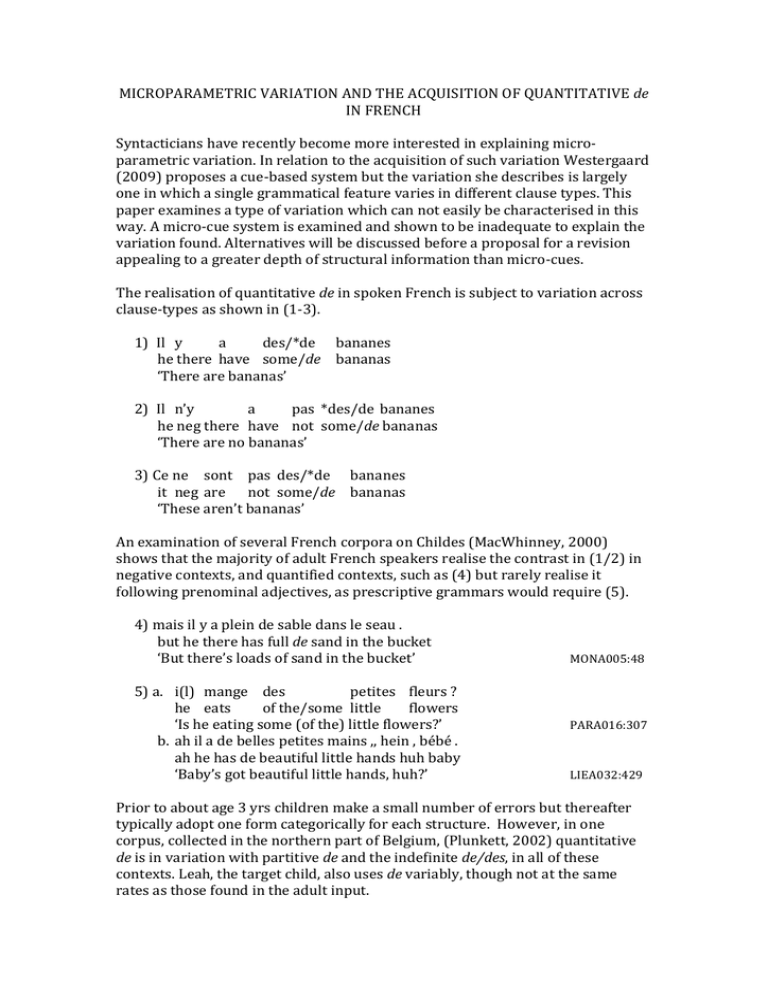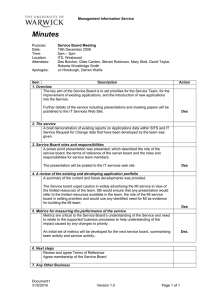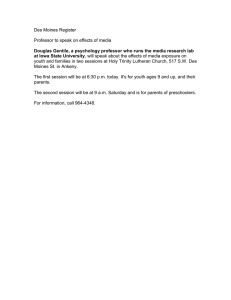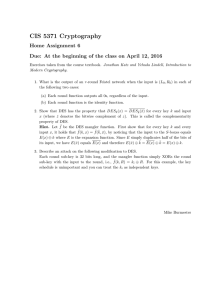de IN FRENCH Syntacticians have recently become more interested in explaining micro-
advertisement

MICROPARAMETRIC VARIATION AND THE ACQUISITION OF QUANTITATIVE de IN FRENCH Syntacticians have recently become more interested in explaining microparametric variation. In relation to the acquisition of such variation Westergaard (2009) proposes a cue-based system but the variation she describes is largely one in which a single grammatical feature varies in different clause types. This paper examines a type of variation which can not easily be characterised in this way. A micro-cue system is examined and shown to be inadequate to explain the variation found. Alternatives will be discussed before a proposal for a revision appealing to a greater depth of structural information than micro-cues. The realisation of quantitative de in spoken French is subject to variation across clause-types as shown in (1-3). 1) Il y a des/*de bananes he there have some/de bananas ‘There are bananas’ 2) Il n’y a pas *des/de bananes he neg there have not some/de bananas ‘There are no bananas’ 3) Ce ne sont pas des/*de bananes it neg are not some/de bananas ‘These aren’t bananas’ An examination of several French corpora on Childes (MacWhinney, 2000) shows that the majority of adult French speakers realise the contrast in (1/2) in negative contexts, and quantified contexts, such as (4) but rarely realise it following prenominal adjectives, as prescriptive grammars would require (5). 4) mais il y a plein de sable dans le seau . but he there has full de sand in the bucket ‘But there’s loads of sand in the bucket’ 5) a. i(l) mange des petites fleurs ? he eats of the/some little flowers ‘Is he eating some (of the) little flowers?’ b. ah il a de belles petites mains ,, hein , bébé . ah he has de beautiful little hands huh baby ‘Baby’s got beautiful little hands, huh?’ MONA005:48 PARA016:307 LIEA032:429 Prior to about age 3 yrs children make a small number of errors but thereafter typically adopt one form categorically for each structure. However, in one corpus, collected in the northern part of Belgium, (Plunkett, 2002) quantitative de is in variation with partitive de and the indefinite de/des, in all of these contexts. Leah, the target child, also uses de variably, though not at the same rates as those found in the adult input. Use of standard de in (noncopular) negatives Use of nonUse of standard standard des/ de in amount du etc (in noncontexts copular) negatives Leah 2;8.22--4;3.21 57% 43% 27% Adults 58% 42% 65% Table One De variation in negative and amount contexts Use of nonstandard des/ du etc in amount contexts 73% 35% Even for negatives, this classification is too simple however. Use of standard de in (noncopular) pas negatives Use of nonUse of standard standard des/ de in (nondu etc (in noncopular) plus copular) pas negatives negatives Leah 2;8.22-2;11.18 38% 62% n/a Leah 3;0.05-4;3.21 37% 63% 70% Adults 55% 45% 69% Table Two De variation in negative pas and plus contexts Use of nonstandard des/ du etc (in noncopular) plus negatives n/a 30% 31% Use of standard de following peu Use of nonstandard des/ du etc following beaucoup 0% 100% 29% Use of nonUse of standard standard des/ de following du etc following beaucoup peu Leah 2;8.22-2;11.18 0% 100% 100% Leah 3;0.05-4;3.21 0% 100% 0% Adults 37% 63% 71% Table three: De variation following peu and beaucoup Although the number of ‘amount’ contexts in the child data is relatively small, this may be indicative of language change in progress. More fine-grained analysis of the data will investigate whether any cues reflect the type of NP following the amount word. The adults use peu de 47% in contexts like (6) with mass nouns but use beaucoup des only 9% in cases like (7). 6) *Lea: il y a encore un peu du soleil là+derrière . he there has again a little of sun there behind ‘There’s still a bit of sun behind there ‘ 7) *Lea: j(e) ai beaucoup <des> [$C: de] caméras . I have a lot some cameras ‘I have a lot of cameras’ 4;0.8 LIEA030:169 References MacWhinney, Brian (2000) The CHILDES Project: Tools for Analyzing Talk, (3rd edition) Hillsdale, NJ: Lawrence Erlbaum Associates. Plunkett, B. (2002) Null Subjects in child French interrogatives: a view from the York Corpus, in Pusch, C. D. / Raible, W. (eds.): Romance Corpus Linguistics: Corpora and Spoken Language Tübingen: Narr, 441-452. Westergaard, Marit. 2009. The Acquisition of Word Order: Micro-cues, Information Structure and Economy. Amsterdam: John Benjamins.






